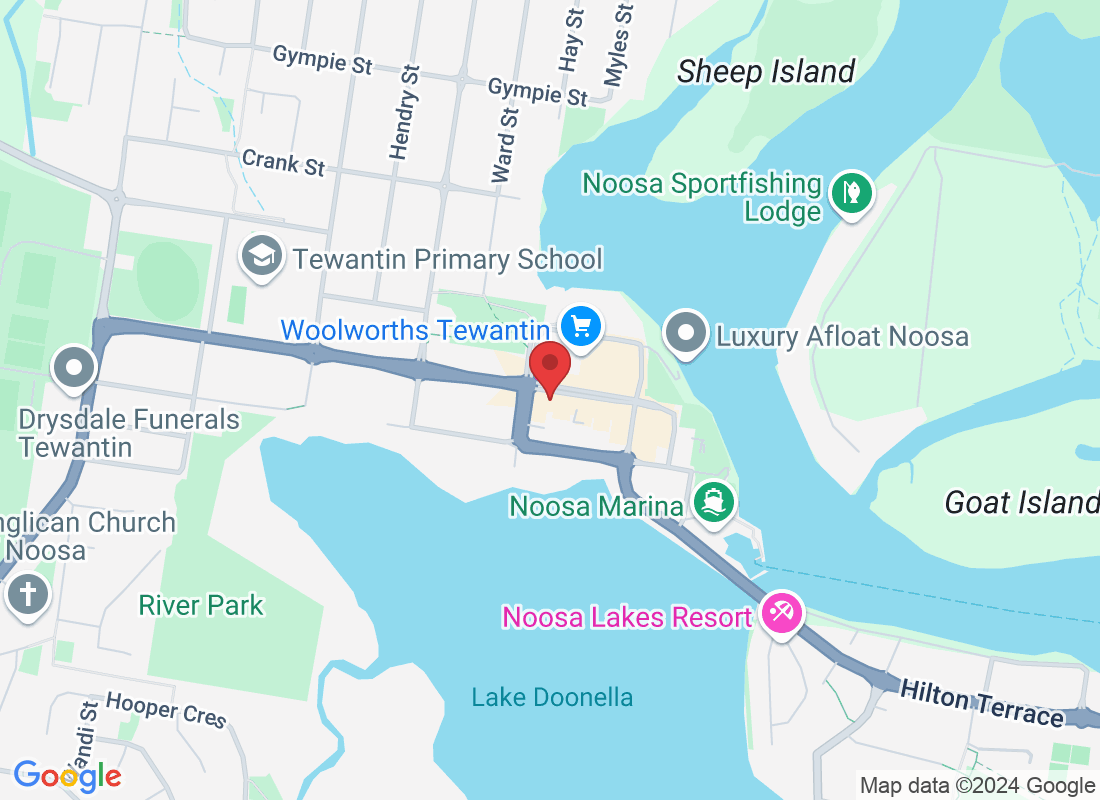
Neck Pain Explained: Causes and How Tewantin Physiotherapy Can Help
Neck pain is one of the most common musculoskeletal complaints, affecting people of all ages and lifestyles. Whether it’s a dull ache after a long workday or a sharp pain limiting movement, neck discomfort can interfere with daily life and lead to more significant mobility issues if left unaddressed.
Understanding the causes of neck pain and the role physiotherapy plays in recovery can be the key to long-term relief.
Common Causes of Neck Pain
Neck pain can develop for various reasons, from lifestyle habits to underlying medical conditions. Some of the most common causes include:
1. Poor Posture
Spending long hours at a desk, looking down at a phone, or slouching while sitting can place excessive strain on the neck.
“Tech Neck” is becoming increasingly common due to excessive screen time, leading to stiffness and discomfort.
2. Muscle Strain and Overuse
Repetitive movements or sleeping in an awkward position can cause neck muscles to tighten.
Over time, this can lead to chronic tension and restricted movement.
3. Whiplash and Sudden Trauma
Car accidents, sports injuries, or sudden jerking movements can strain the soft tissues in the neck, leading to pain and stiffness.
Whiplash can sometimes result in lingering discomfort if not treated properly.
4. Cervical Disc Issues
Conditions such as herniated discs or degenerative disc disease can cause neck pain due to nerve compression.
Symptoms may include radiating pain, tingling, or numbness in the arms and hands.
5. Stress and Tension
Emotional stress often leads to muscle tension, especially in the neck and shoulders.
Chronic tension can contribute to headaches and a general feeling of stiffness.
6. Arthritis and Degenerative Changes
Age-related wear and tear can lead to osteoarthritis in the cervical spine, causing inflammation and stiffness.
How Physiotherapy Can Help with Neck Pain
Physiotherapy plays a crucial role in treating neck pain by addressing both symptoms and underlying causes. A structured approach helps improve mobility, reduce discomfort, and prevent recurrence.
1. Comprehensive Assessment
A thorough assessment helps identify movement restrictions, muscle imbalances, and contributing factors to pain.
Understanding posture, work habits, and lifestyle factors allows for targeted treatment.
2. Manual Therapy for Pain Relief
Hands-on techniques such as joint mobilization, soft tissue massage, and trigger point therapy can relieve muscle tension and improve flexibility.
These techniques help restore natural movement and reduce stiffness.
3. Strengthening and Postural Correction
Strengthening the muscles that support the neck and upper back helps improve posture and reduce strain.
Exercises targeting the deep neck flexors, shoulder stabilizers, and core muscles provide long-term relief.
4. Stretching and Mobility Exercises
Gentle stretching and mobility drills help restore normal movement and prevent stiffness.
These exercises can be done at home to maintain flexibility between physiotherapy sessions.
5. Ergonomic and Lifestyle Advice
Adjustments to workstation setup, sleeping positions, and daily movement habits can significantly reduce neck strain.
Learning how to avoid repetitive stressors helps prevent recurrence.
6. Education on Stress Management
Techniques such as deep breathing, mindfulness, and relaxation exercises can help manage stress-related muscle tension.
Why Addressing Neck Pain Early Matters
Ignoring neck pain can lead to chronic issues, reduced mobility, and even headaches or nerve-related symptoms. Early intervention through physiotherapy ensures faster recovery, better posture, and long-term relief.
At Tewantin Physiotherapy, our team provides tailored treatments designed to help you move freely and without discomfort. If neck pain has been affecting your daily life, don’t wait—reach out today and take the first step toward relief.



